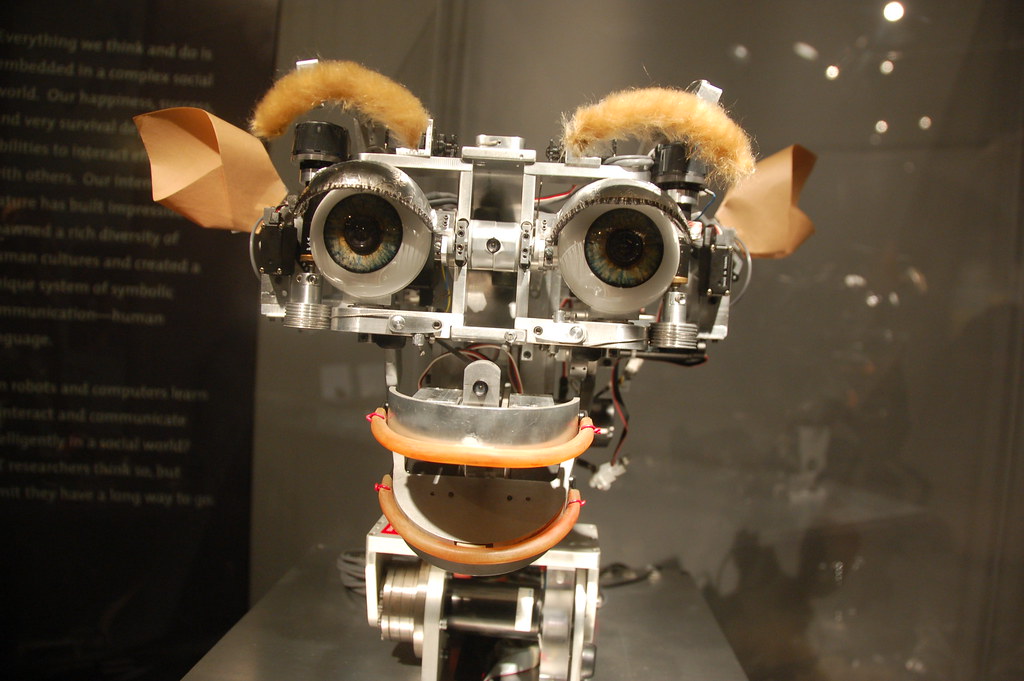
This work is licensed under a Creative Commons Attribution-Non Commercial-No Derivatives 4.0 International License. (CC BY-NC-ND 4.0)
What is participation?
Participation according to David Wilcox “is to increase the involvement of socially and economically marginalized people in decision making over their own lives.”
Museums are publicly funded and open to everyone but whether people feel welcome to enter them becomes a different story.
How do we acknowledge the colonial past museums reflect and decolonize the narrative?
Wilcox introduced 5 levels or stances for active participation and reflected how “[r]eal participation is active and gives people a meaningful stake in the project.”
1. Information – Telling people what is planned.
This includes knowing the historical background and valuing minority and marginalized voices.
‘Empire Through the Lens’ exhibition and shifted the focus to the origins of artefacts, and the post-colonialism experience and reflections of British imperialism in film and photography.
“Photography is so important to understanding colonialism.”
Source: Gus Casely-Hayford
“It’s really important that people in Britain understand the Empire’s part in their own history.”
Source: Jan Birch
2. Consultation – offering options and reflecting on feedback.
Communities want to be consulted and how museums choose to build partnerships and include people from the start is essential.
Would you visit anywhere where you don’t feel your voice is recognised and valued?
The comments and feedback from the Bristol Museum exhibition below highlight the key opportunities offered in tackling how colonialism shapes the histories of museums, communities, and influences whether everyone feels comfortable inside them.
This creates an open dialogue and recognising the diverse cultural heritages using participatory frameworks.


3. Deciding together – encouraging ideas and joining in with decision-making.
Pierre Bourdieu’s Field of Cultural Production and the funded institution shows the power dynamics in traditional institutions such as museums restricts participants.
Wilcox’s work is improving community or individual agency by including participatory outcomes at the heart of museum policies.
4. Acting together – forming partnerships and implementing change together.
Bell Hooks inspires “Radical Openness“ in creating awareness of inclusive cultural practices, and refreshes community engagement and participation.
5. Supporting independent community initiatives – helping promote a framework, support, and advice for funding.
How do we define community?
Communities require collaboration at the centre of active participation.
Nina Simon creates “The Participatory Museum” highlighting the right model of participation and co-curation for the institution is chosen first, these include: contribution, collaboration, co-creation, and hosted.
The measurable impact of engagement is meaningful participation and develops a sustainable model for museums and designing an invitation to participate tailored to communities.
The value of opening up museum spaces to everyone is undeniable, by inviting people into these spaces it’s the important step for welcoming communities and driving active participation.
Discovery is a huge part of inviting children, young people, and adults to museums.
The Heritage Lottery Funding document expressed the desire to “help more people and a wider range of people to take an active part in and make decisions about heritage.”
The element of discovery and creating a sense of community make museums relevant.




Source: Own Pictures. This work is licensed under a Creative Commons Attribution-Non Commercial-No Derivatives 4.0 International License. (CC BY-NC-ND 4.0)
Does technology hold the key to changing museum spaces?
By encouraging us to use social media and photography, museums are changing rules on taking pictures for enhancing museum trips and arguably improving our experiences.
The evolving state of museums means embracing active participation for connecting communities and encouraging individual and community empowerment.


This work is licensed under a Creative Commons Attribution-Non Commercial-No Derivatives 4.0 International License. (CC BY-NC-ND 4.0)


Source: Own Pictures. This work is licensed under a Creative Commons Attribution-Non Commercial-No Derivatives 4.0 International License. (CC BY-NC-ND 4.0)
Museums quickly created online ways to connect on a global stage. This created better accessibility for an international audience and removed financial and geographical barriers.
How do we enrich museum spaces for the future?
Carrie Westwater talks to her students about what she calls Non-Selective Curation, and invites participants to be part of the process by introducing a different cultural lens. Participants are given time to negotiate, learn together and create together, using the museum as a resource. The script plays a key role in participants viewing their own words in progress and transforms how power performs in museums.

This work is licensed under a Creative Commons Attribution-Non Commercial-No Derivatives 4.0 International License. (CC BY-NC-ND 4.0)
Museums change what welcome means for local communities, this is how we create meaningful, active, and real participation.
Let’s build brand new doors for active participation!

